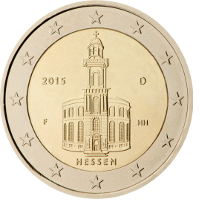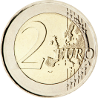 |
C o m m e m o r a t i v e
C o i n s |
||
 🔎
🔎 |
 |
Germany | 30 Jan. 2015 | 25th anniversary of German Reunification |
20001 20002 20005 |
30,517,100 |  |
 🔎
🔎 |
 |
France | 30 Jan. 2015 | 70 years of peace in Europe |
20001 20002 20005 |
4,020,500 |  |
 🔎
🔎 |
 |
Spain | 30 Jan. 2015 | Cave of Altamira and Paleolithic Cave Art of Northern Spain 6th coin in the UNESCO World Heritage Sites series |
20001 20002 20005 |
4,104,700 |  |
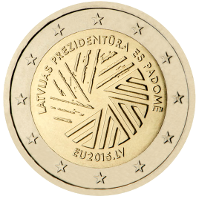 🔎
🔎 |
 |
Latvia | 10 Feb. 2015 | EU Presidency |
20001 20002 20005 |
1,025,000 |  |
 🔎
🔎 |
 |
Finland | 18 Feb. 2015 | 150th birthday of the composer Jean Sibelius |
20001 20002 20005 |
1,000,000 |  |
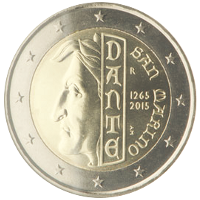 🔎
🔎 |
 |
San Marino | 08 Apr. 2015 | 750th birthday of Dante Alighieri |
20001 20002 20005 |
102,400 |  |
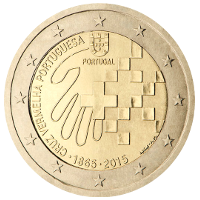 🔎
🔎 |
 |
Portugal | 25 Apr. 2015 | 150 years Portuguese Red Cross |
20001 20002 20005 |
520,000 |  |
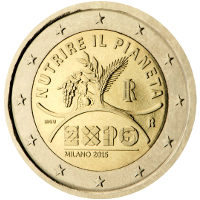 🔎
🔎 |
 |
Italy | 29 Apr. 2015 | EXPO 2015 in Milan |
20001 20002 20005 |
3,554,820 |  |
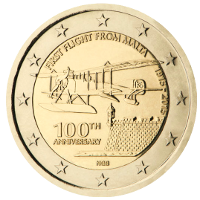 🔎
🔎 |
 |
Malta | 25 May 2015 | 100th anniversary of the first flight from Malta |
20001 20002 20005 |
325,000 |  |
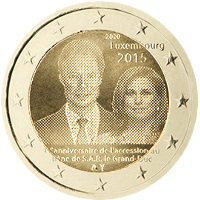 🔎
🔎 |
 |
Luxembourg | 08 Jun. 2015 | 15th anniversary of Grand Duke Henri Accession to the Throne 14th coin of the Grand-Ducal Dynasty series |
20001 20002 20005 |
517,500 |  |
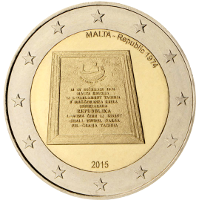 🔎
🔎 |
 |
Malta | 23 Jun. 2015 | Proclamation of the Republic of Malta in 1974 5th coin of the Constitutional History series |
20001 20002 20005 |
435,000 |  |
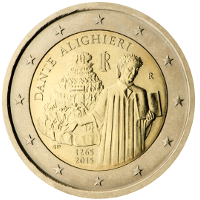 🔎
🔎 |
 |
Italy | 26 Jun. 2015 | 750th birthday of Dante Alighieri |
20001 20002 20005 |
3,515,000 |  |
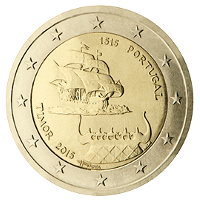 🔎
🔎 |
 |
Portugal | 15 Jul. 2015 | 500th anniversary of the first contact with Timor |
20001 20002 20005 |
520,000 |  |
 🔎
🔎 |
 |
France | 22 Jul. 2015 | 225th anniversary of Fête de la Fédération (Federation Festival) |
20001 20002 20004 20005 |
4,020,000 |  |
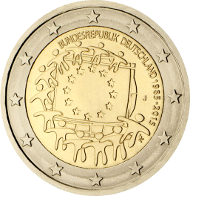
 🔎
🔎 |
 |
Common Issue | 06 Aug. — 23. Dec. 2015 |
30 years of the EU-Flagge |
20001 20002 20004 20005 |
51,402,500 |  |
In deviation from this, a latent image of Grand Duke Henri is also imprinted on the Luxembourg coins, as according to Luxembourg law no national coin may be issued without the image of the head of state. |
|||||||
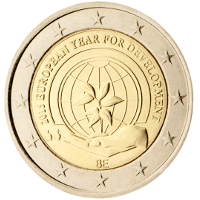 🔎
🔎 |
 |
Belgium | 17 Sep. 2015 | 2015 - European Year for Development |
20001 20002 20005 |
250,000 |  |
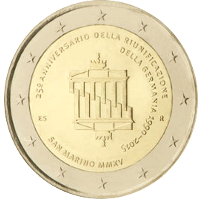 🔎
🔎 |
 |
San Marino | 29 Sep. 2015 | 25th anniversary of German Unity |
20001 20002 20005 |
102,400 |  |
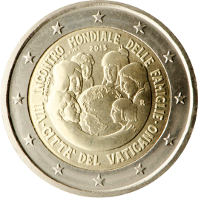 🔎
🔎 |
 |
Vatican City | 06 Oct. 2015 | VIII World Meeting of Families ‐ Philadelphia 2015 |
20001 20002 20005 |
114,000 |  |
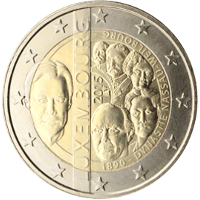 🔎
🔎 |
 |
Luxembourg | 15 Oct. 2015 | 125th anniversary of the Nassau-Weilburg Dynasty 15th coin of the Grand-Ducal Dynasty series |
20001 20002 20005 |
511,500 |  |
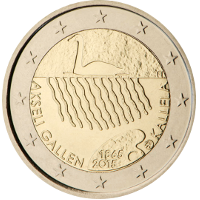 🔎
🔎 |
 |
Finland | 22 Oct. 2015 | 150th birthday of Akseli Gallen-Kallela |
20001 20002 20005 |
500,000 |  |
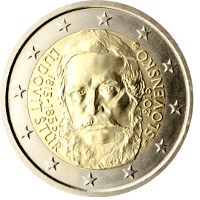 🔎
🔎 |
 |
Slovakia | 23 Oct. 2015 | 200th birthday of Ľudovít Štúr |
20001 20002 20005 |
1,000,000 |  |
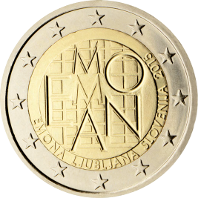 🔎
🔎 |
 |
Slovenia | 09 Nov. 2015 | Bimillenary of the foundation of Emona |
20001 20002 20005 |
1,000,000 |  |
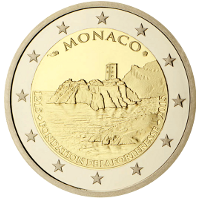 🔎
🔎 |
 |
Monaco | 14 Nov. 2015 | 800th anniversary of the Contruction of the first Fortress on the rock 1215 |
20001 20002 20005 |
10,000 |  |
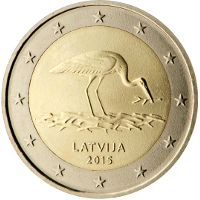 🔎
🔎 |
 |
Latvia | 01 Dec. 2015 | Stork |
20001 20002 20005 |
1,000,000 |  |
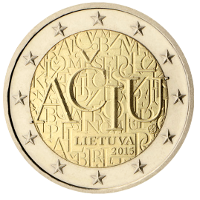 🔎
🔎 |
 |
Lithuania | 14 Dec. 2015 | Lithuanian Language |
20001 20002 20005 |
1,000,000 |  |
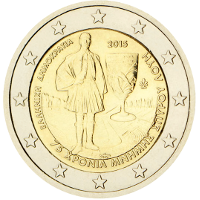 🔎
🔎 |
 |
Greece | 23 Dec. 2015 | 75 years since the death of Spyros Louis |
20001 20002 20005 |
750,000 |  |
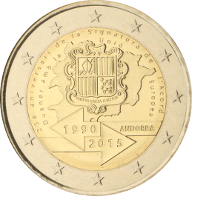 🔎
🔎 |
 |
Andorra | 18 Jul. 2016 | 25th anniversary of signing the Customs Agreement with the EU |
20001 20002 20005 |
85,000 |  |
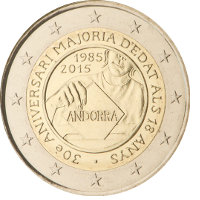 🔎
🔎 |
 |
Andorra | 18 Jul. 2016 | 30th anniversary of 18 becoming the legal age |
20001 20002 20005 |
85,000 |  |
| ⇓ 2016 ⇓ |
| References : | |||
| 20001 | Images taken with authorisation by the ECB - Mail dated 20.Feb.2020 © "European Central Bank" |
20002 | Data mirrored from Wikipedia Page "2_euro_commemorative_coins" with friendly support of the guardians of that page. |
| 20003 | Not Applicable | 20004 | Coloured version of this Commemorative Coin in circulation EU-legal-technical specifications do not recongnise colour prints, but the EU is tolerate them, due to the facts that their numbers are very small and that they are sold in special packs and therefor are very unlikely to be used as currency. |
| 20005 | enlarged Images taken with authorisation by Gerd Seyffert © "Gerd Seyffert 2021" |
20006 | Not Applicable |
 |
